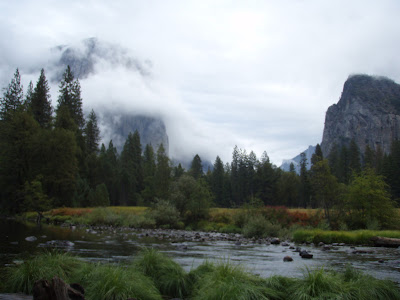Ya at eeh: Hello; It is good.
It’s the first Friday of the month and my husband and I are in the small town of Blanding, Utah, evaluating Navajo cataract patients for surgery. Navajo, or Dine - they call themselves, is the largest tribe of North American Indians. They live in the Four Corners region of the U.S., having migrated from Northwestern Canada and Alaska over 1,000 years ago.
 |
| Map of Navajo Country. |
Our first patient is here, an old Navajo who speaks little English, barely enough to get by. Tim asks him where he lives and he points east - “Over there”, he says, “by hill and windmill.” He asks where we live and when I say Price he gestures to the north: “Oh, way over there”, he says. Isn’t it great, this way of telling and knowing where places are? The old Navajos were not preoccupied with map-making and measuring everything. Things are just over here or over there.
For the Navajo, language defines culture. The Navajo language until recently was an unwritten one, their rich traditions and history passed from generation to generation by only the spoken word. It has been said that in Navajo, words paint a picture in your mind.
An old woman comes to the office; she speaks no English and brings her daughter to translate. Anna is dressed in a vibrant multicolored blouse and skirt and she’s adorned with jewelry - turquoise and beads.
Anna motions to my necklace - I am wearing a handmade piece recently bought from a young Navajo woman - and then points to her own similar necklace. Anna is laughing and smiling - the universal language. As I interact with this woman who speaks to me with her eyes I realize that she represents the end of an era. Born before interstate highways and mass communication, she is among the very last of the Navajo who have held to their traditions - traditional dress, food and language.
Yes I know it’s a good thing that their children and grandchildren now have more opportunities to succeed in modern life; of course it is. But many of the grandchildren speak no Navajo, effectively severing communication with their elders and with their culture. And these elders represent more than just Navajo culture. They represent a vanishing way of life, a simple life unencumbered by technology and speed. We now live in an interconnected world linked through technology, transportation and communication. These men and women were born before our world came together as one large energy-consuming mass. They are unique in our homogenous society, in our increasingly homogenous world. Most people would agree that our inexorable march toward the future is a very good thing indeed. And yet.... the loss of the old ways of the Navajo, especially language, may eventually result in the disappearance of a people unique to all the earth.
I have learned from my Navajo patients today. I’ve learned to admire their stoicism, their acceptance of the world and their place in it, their ability to project both humility and pride. Farewell my ama and azhe e (mother and father).
Hagoonee: Goodbye; It is settled.



















